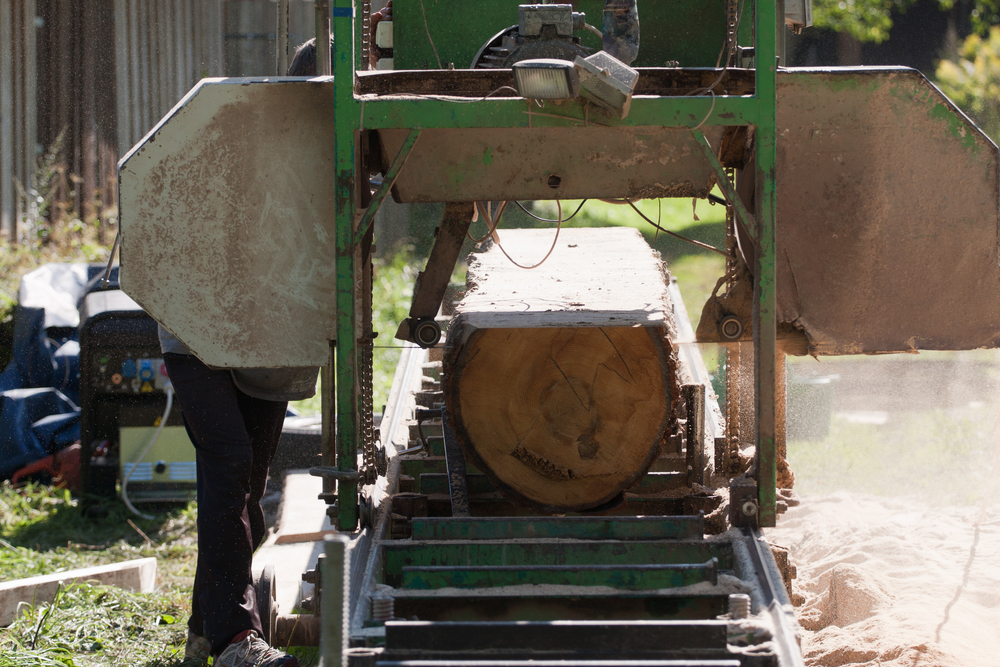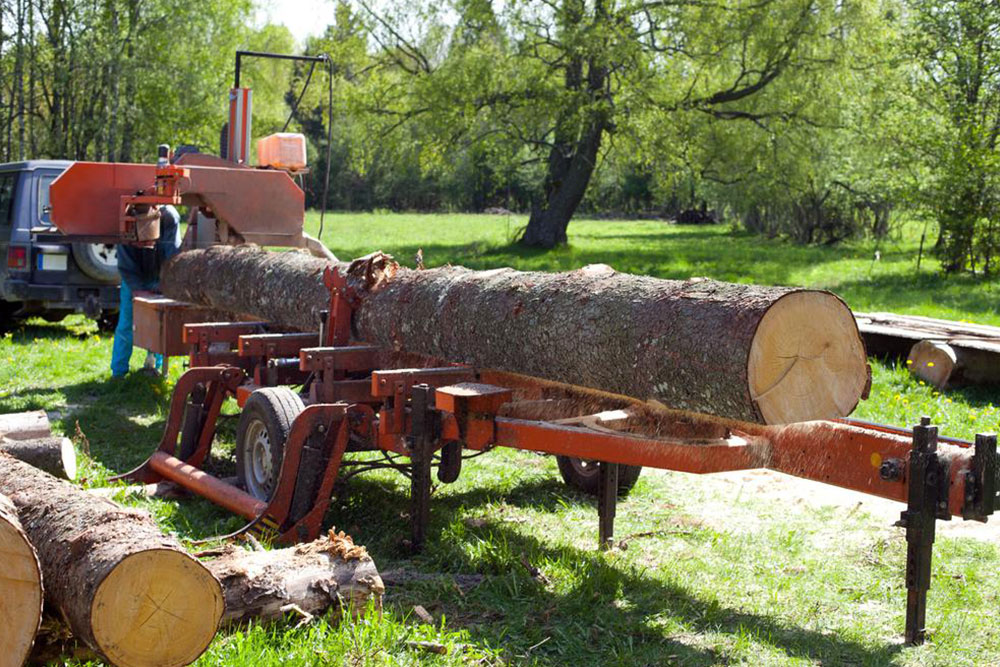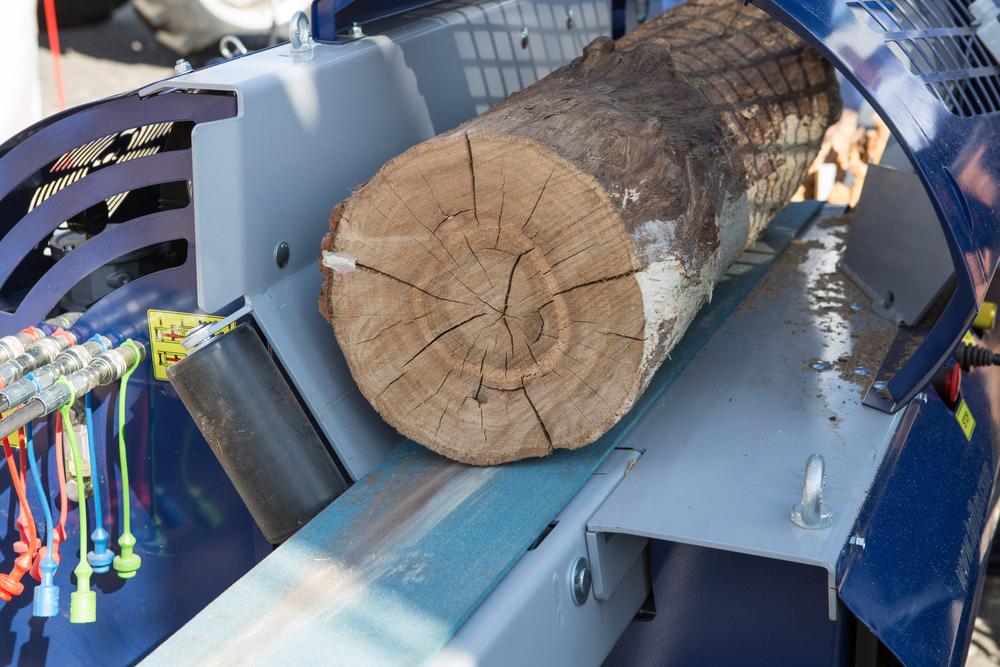A Guide to Mobile Sawmills and Their Advantages
This article provides an overview of portable sawmills, highlighting their features, types, and benefits. It discusses their applications in custom lumber production, the evolution of sawmill technology, and key factors to consider when choosing a unit. Leading brands like Wood-Mizer and Norwood are also featured, making it a helpful resource for those interested in mobile logging solutions.

Introduction to Portable Sawmills and Their Uses
Mobile sawmills are lightweight, portable machines designed for ease of transport and quick setup at different work sites. Their use increased significantly after 1973, with commercial production starting in 1982. Initially, models used heavy circular blades, but advancements led to bandsaw technology in the early 1980s, which employs thinner, lighter blades to reduce costs. These units allow efficient log processing by keeping the log stationary while the blade moves. They are perfect for creating custom lumber, furniture parts, and structural elements, and can also serve as mobile businesses to earn income.
Different types of portable sawmills include bandsaw, chainsaw, and swingblade designs. They can be operated manually or hydraulically, with wide or narrow configurations and various feed mechanisms like push or crank feeds. Power sources vary from electric to gas, petrol, or diesel, chosen based on log size, usage needs, and budget. Selecting the right sawmill involves considering log capacity, production speed, and features like blade guides and safety clamps. Top brands include Wood-Mizer, Norwood, Timberking, and Mobile Mfg Co.
Compact and mobile for on-site wood processing
Lightweight and affordable with bandsaw tech
Multiple models and configurations available
Suitable for custom timber and furniture manufacturing
Important considerations include log size, capacity, and power options


